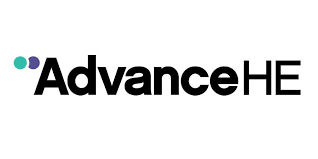What does the term ‘digital divide’ mean to you and your institution? Over the past three years, sector understanding and responses in supporting students with digital challenges has shifted. In 2021, Jisc surveyed 38,917 university students in 2020/21 on their digital experience in higher education and concluded there was ‘a deep digital divide among university students, with 63% of students encountering problems with poor wi-fi connections, 30% having problems accessing online platforms and services, and 24% struggling to pay mobile data charges.’
In 2023, Jisc published research aimed at improving understanding of the digital experience of international students in UK higher education. The insights from this research move the conversation on from seeing the digital divide as challenges in accessing digital networks and the affordability of digital tools, to including awareness of the barriers to learning and the potential poor student experience for students who may possess limited digital skills compounded by limited proficiency in English.
UK universities welcomed over half a million international students in 2021/22 (HESA, 2022). The number of students from Pakistan and Bangladesh studying in the UK almost doubled between 2020/21 and 2021/22, becoming the fourth and seventh largest international cohorts respectively (after China, India and Nigeria). The shifting international landscape brings great opportunities to create more diverse learning environments, but without adequate awareness of the changing needs of students and effective support mechanisms in place, we risk providing a poor, or even inaccessible learning experience to many.

